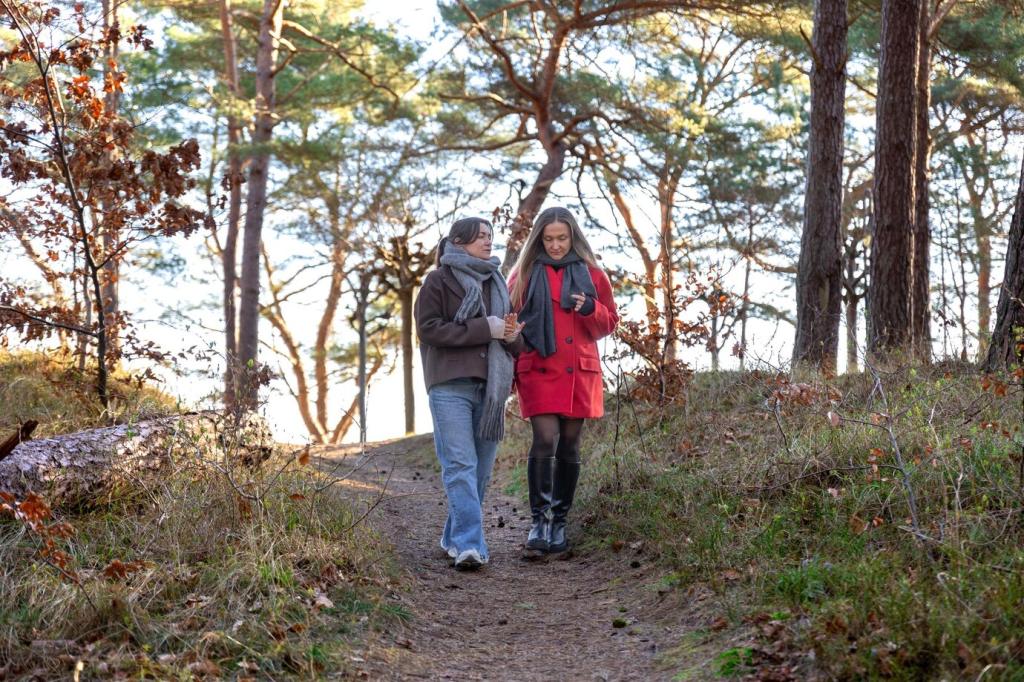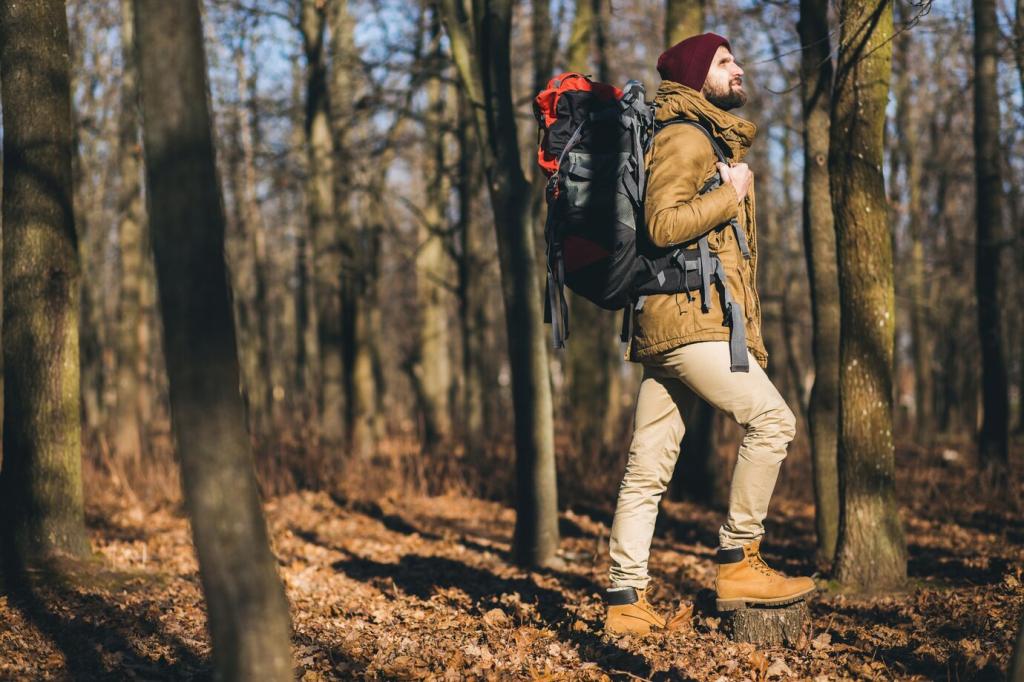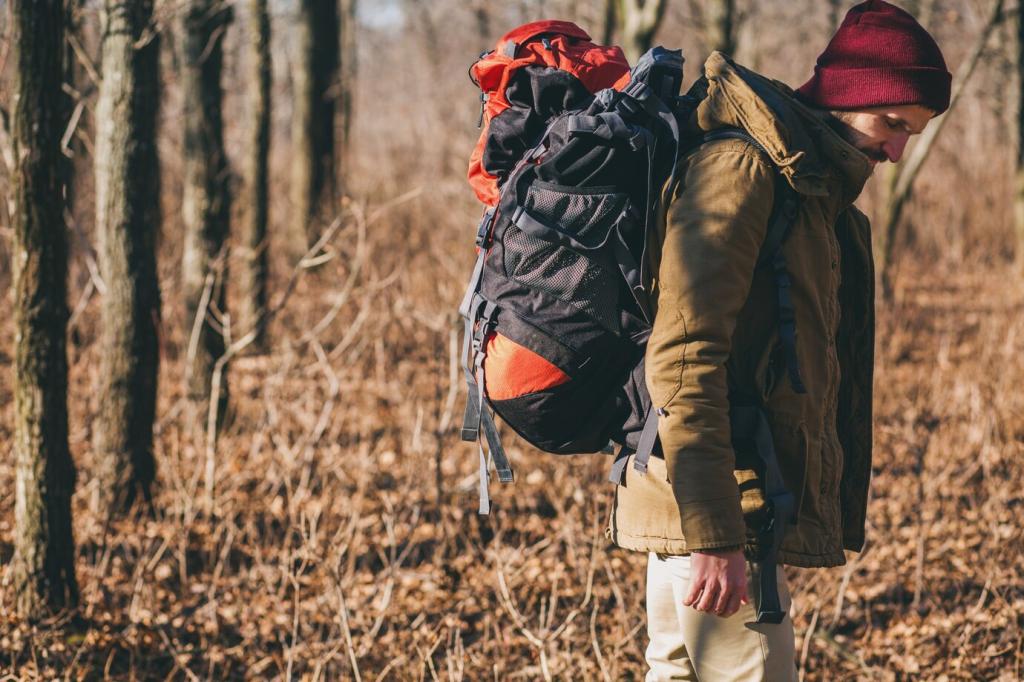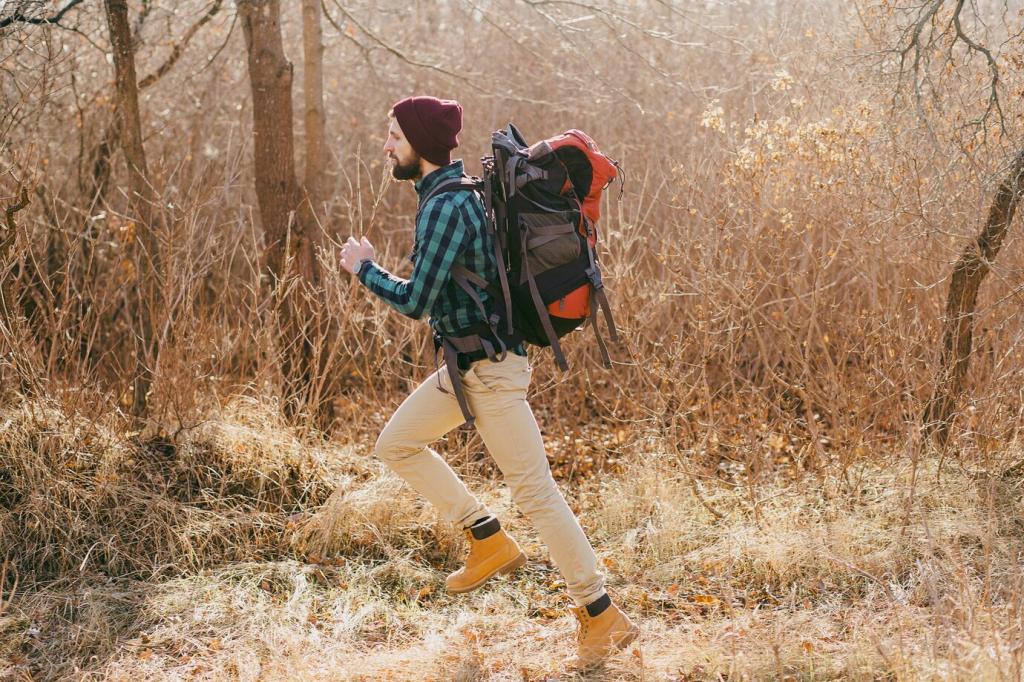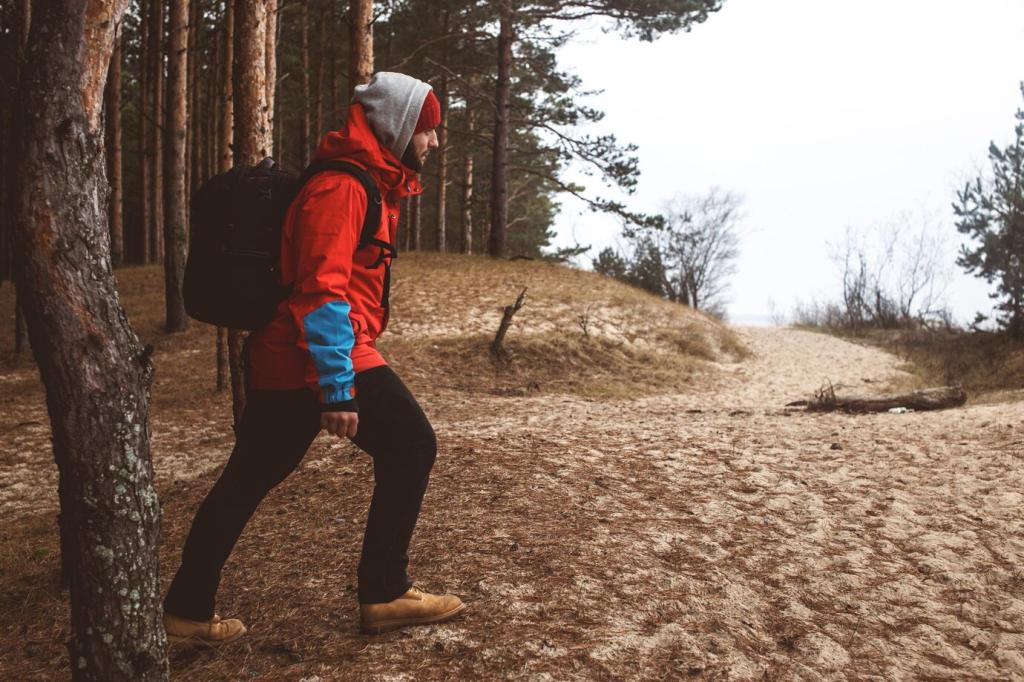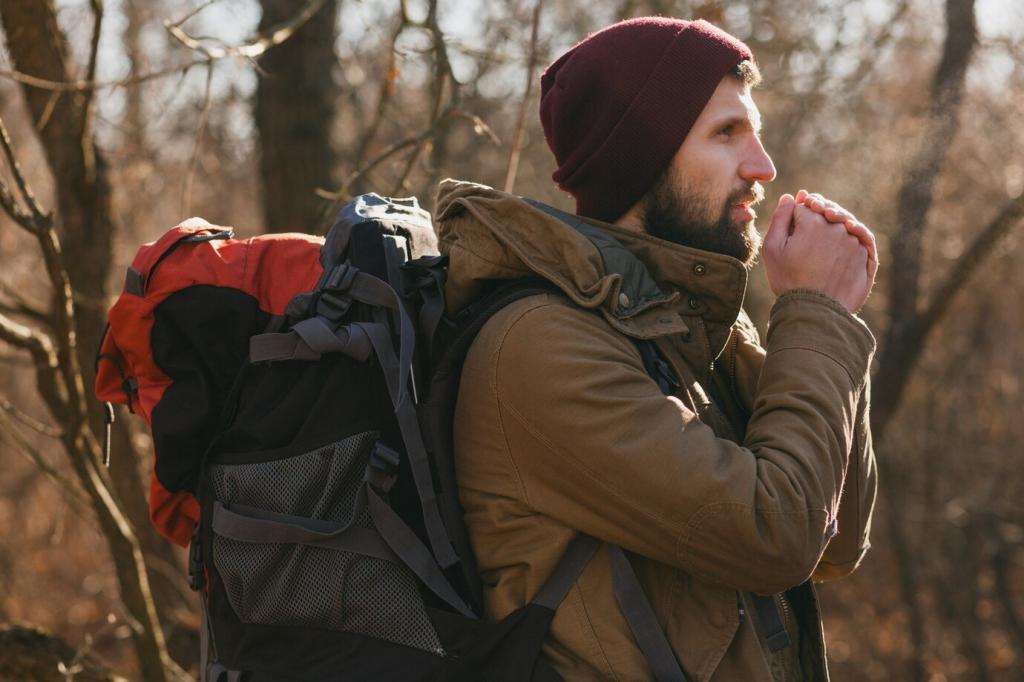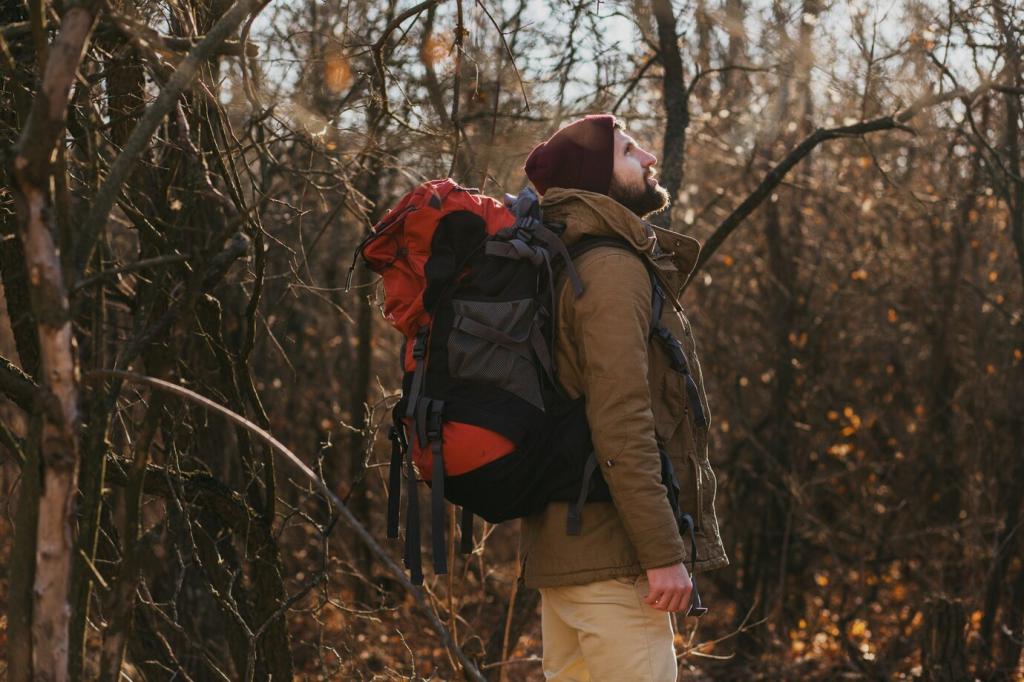Planning, Pacing, and Partnership in Winter
Choose primary and backup objectives, then tie them to clear time gates. Print route notes, download offline maps, and pack micro‑lessons for the car ride. If the plan slips, pivot early. Tell a friend your itinerary and invite them to follow the blog for updates.
Planning, Pacing, and Partnership in Winter
Set a talkable pace where sentences come easily. Rotate trail‑breaking to manage fatigue, confirm observations aloud, and check for cold hands at breaks. Leaders facilitate, but everyone speaks up. A shared language of snow conditions keeps small concerns from becoming big problems.

